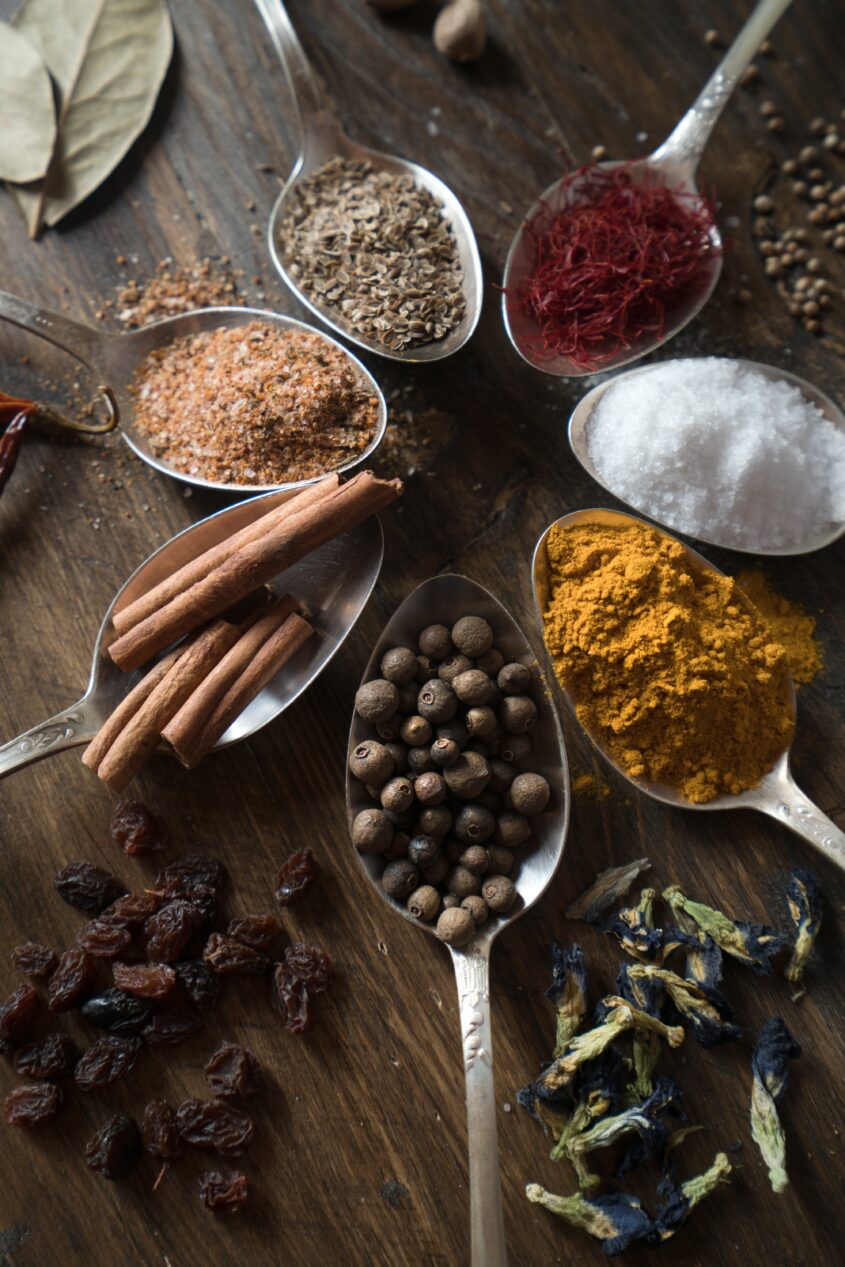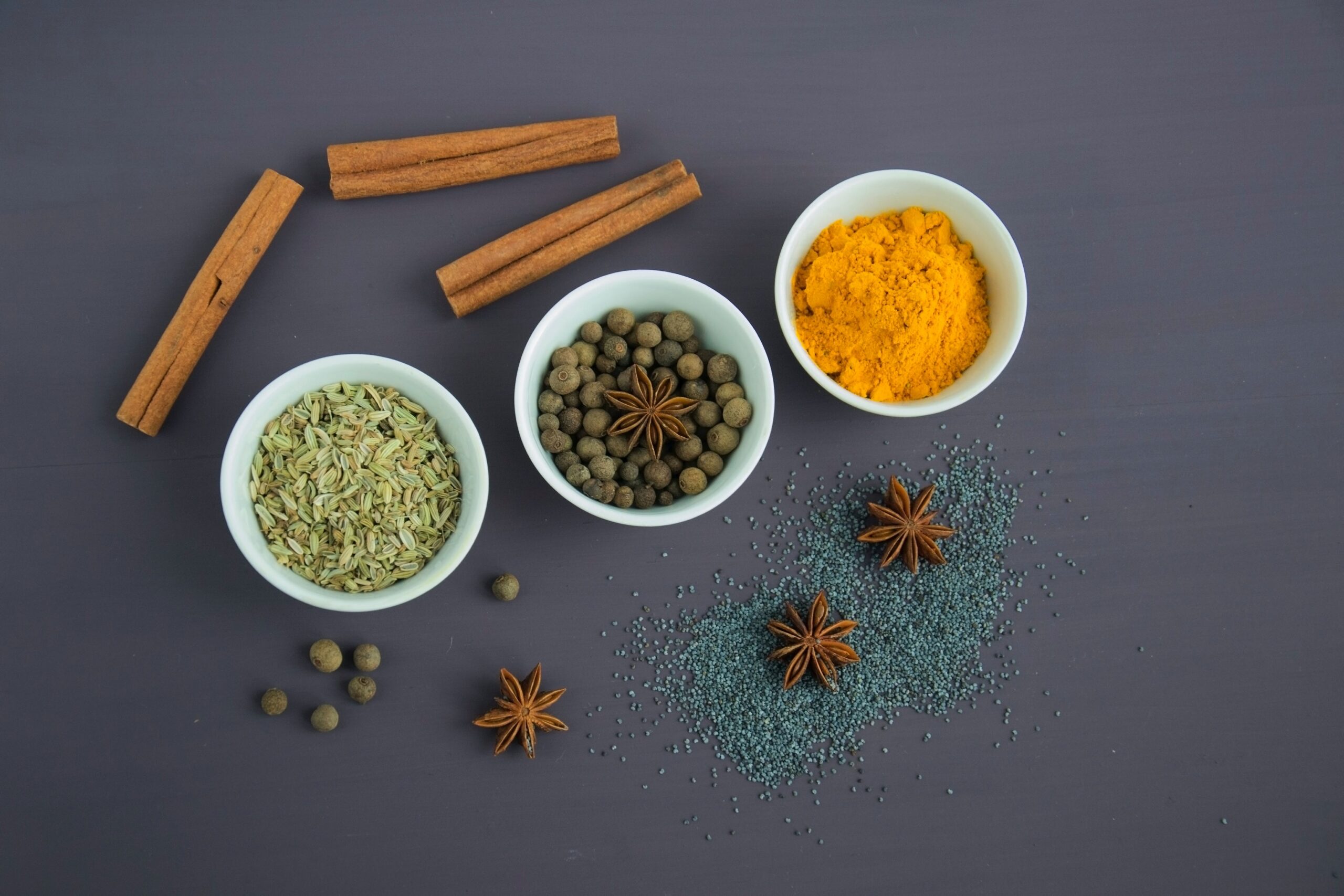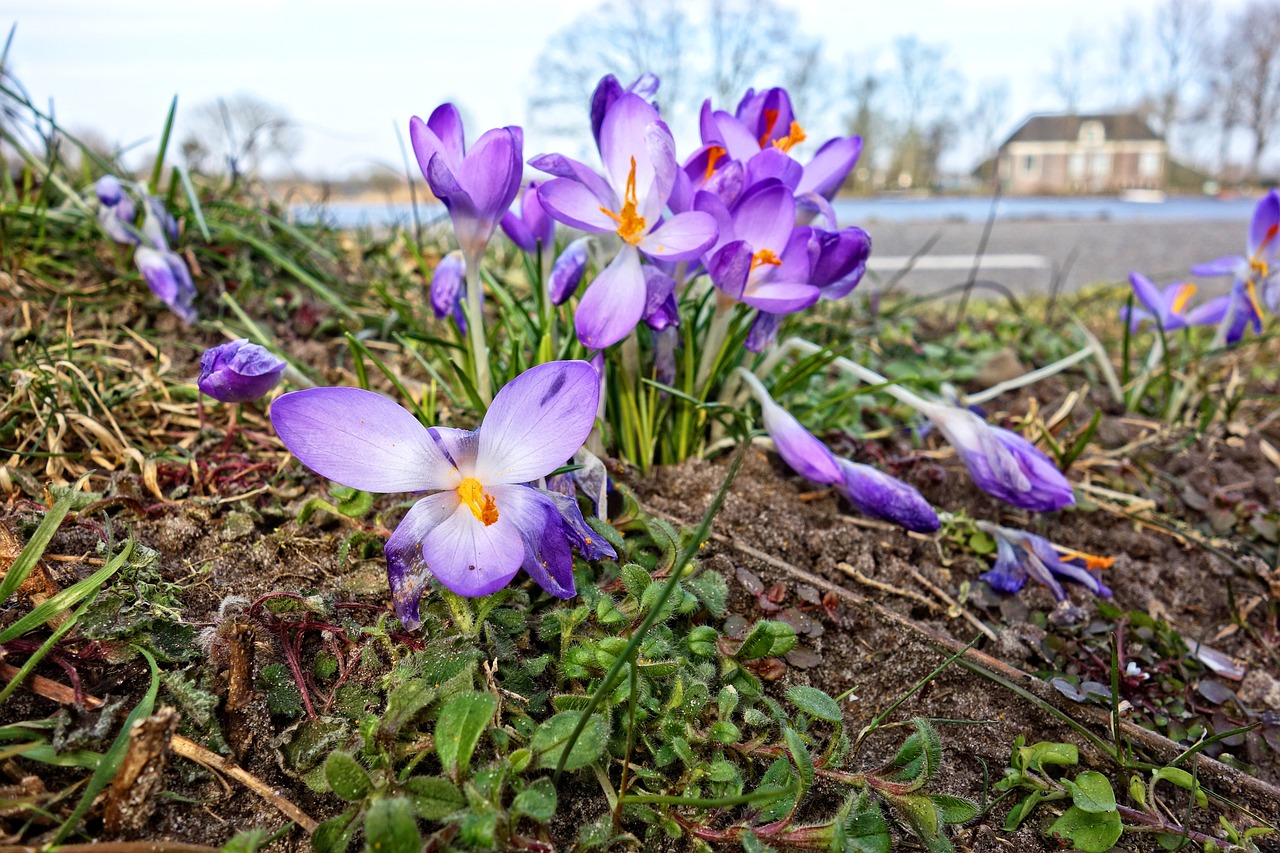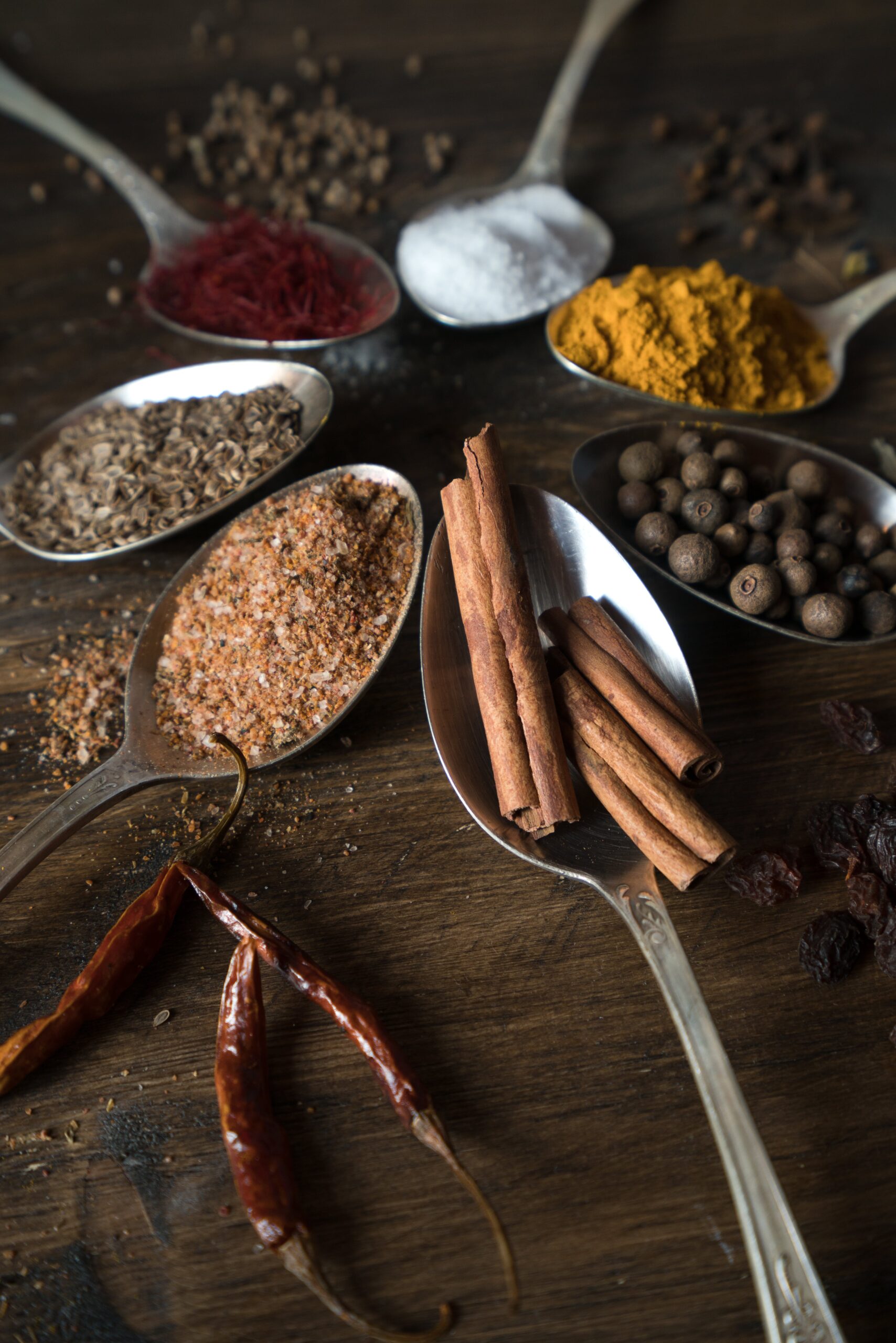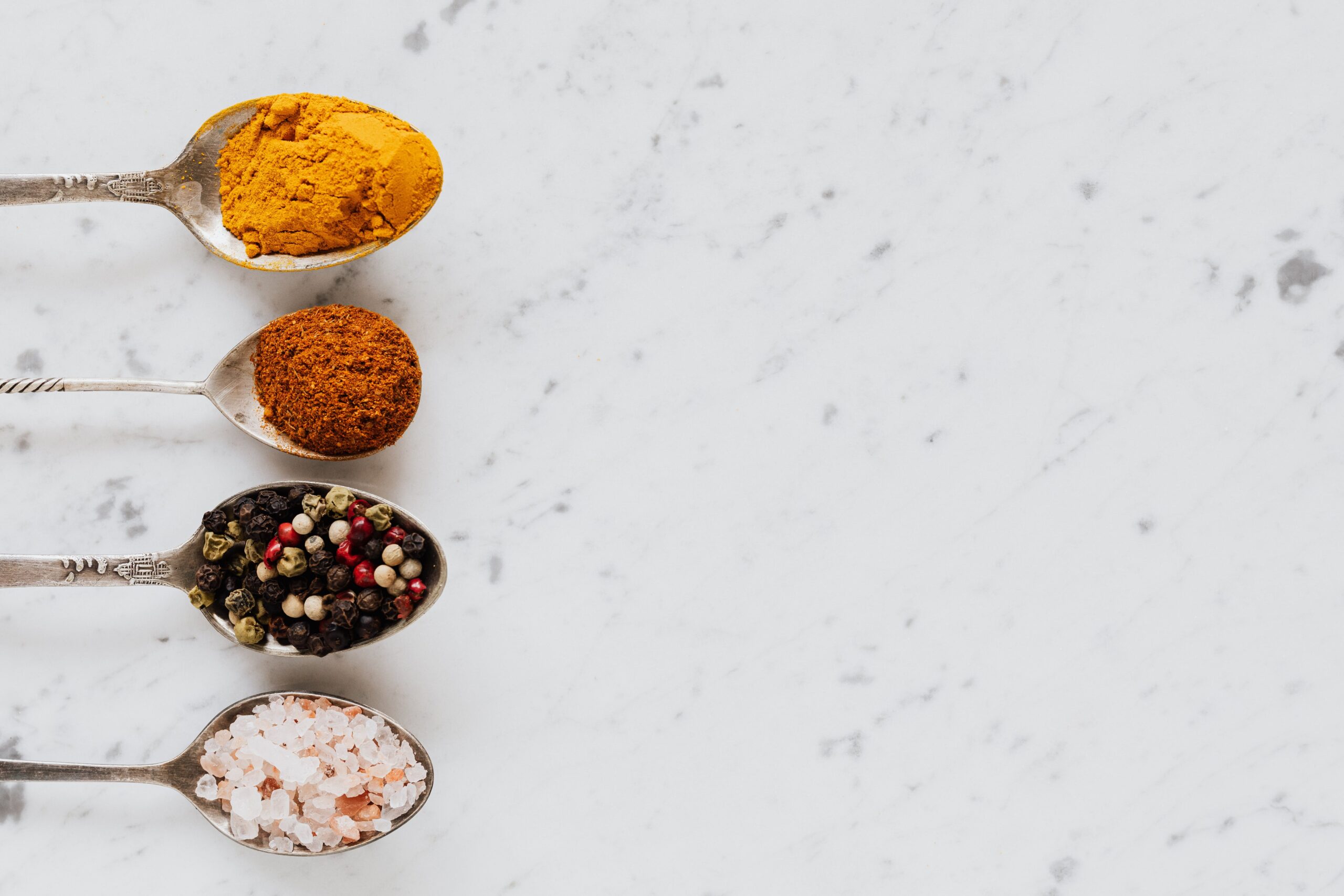Sensorialità e Memoria Olfattiva: Un Viaggio tra Chimica, Psicologia e Cultura
Di Carol Agostini
L’olfatto è uno dei sensi più antichi e complessi, dotato di un potere unico nel suscitare emozioni e risvegliare ricordi. A differenza degli altri sensi, l’olfatto ha un legame diretto con il sistema limbico del cervello, il centro delle emozioni e della memoria. Questo articolo esplorerà la natura della sensorialità olfattiva, i suoi collegamenti chimici e fisici, il ruolo nel corpo umano, e il suo impatto psicologico. Inoltre, analizzeremo le implicazioni storiche, culturali e tradizionali di questo senso straordinario.
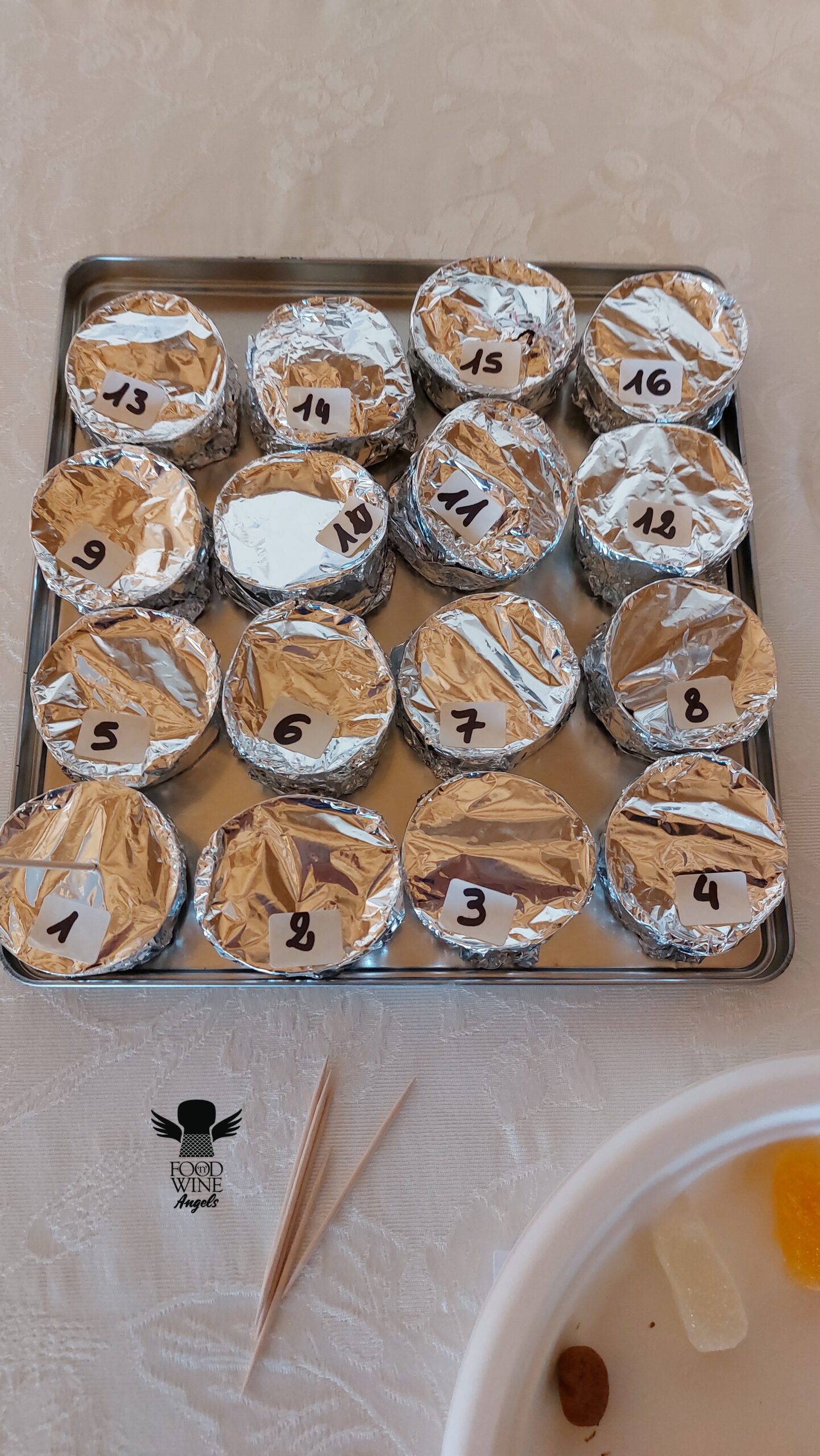
La Chimica e la Fisica dell’Olfatto
L’olfatto inizia con le molecole odorose che si disperdono nell’aria e vengono inalate attraverso il naso. Queste molecole si legano ai recettori olfattivi situati nell’epitelio olfattivo, una piccola area di tessuto all’interno della cavità nasale.
Struttura dei Recettori Olfattivi
I recettori olfattivi sono proteine situate sulle membrane delle cellule olfattive. Ogni recettore è specifico per una particolare molecola odorosa o una classe di molecole. Quando una molecola odorosa si lega a un recettore, provoca un cambiamento conformazionale nella proteina, innescando una cascata di segnali chimici all’interno della cellula.
Transduzione del Segnale
La transduzione del segnale avviene quando il legame della molecola odorosa al recettore provoca l’attivazione di una proteina G, che a sua volta attiva una cascata di reazioni chimiche all’interno della cellula. Questo porta alla produzione di un segnale elettrico che viaggia lungo l’assone della cellula olfattiva fino al bulbo olfattivo nel cervello.
Bulbo Olfattivo e Corteccia Olfattiva
Il bulbo olfattivo è la prima stazione di elaborazione del segnale olfattivo. Qui, i segnali delle cellule olfattive vengono riorganizzati e trasmessi alla corteccia olfattiva, dove vengono ulteriormente elaborati. La corteccia olfattiva è collegata direttamente al sistema limbico, che include l’ippocampo (coinvolto nella memoria) e l’amigdala (coinvolta nelle emozioni).
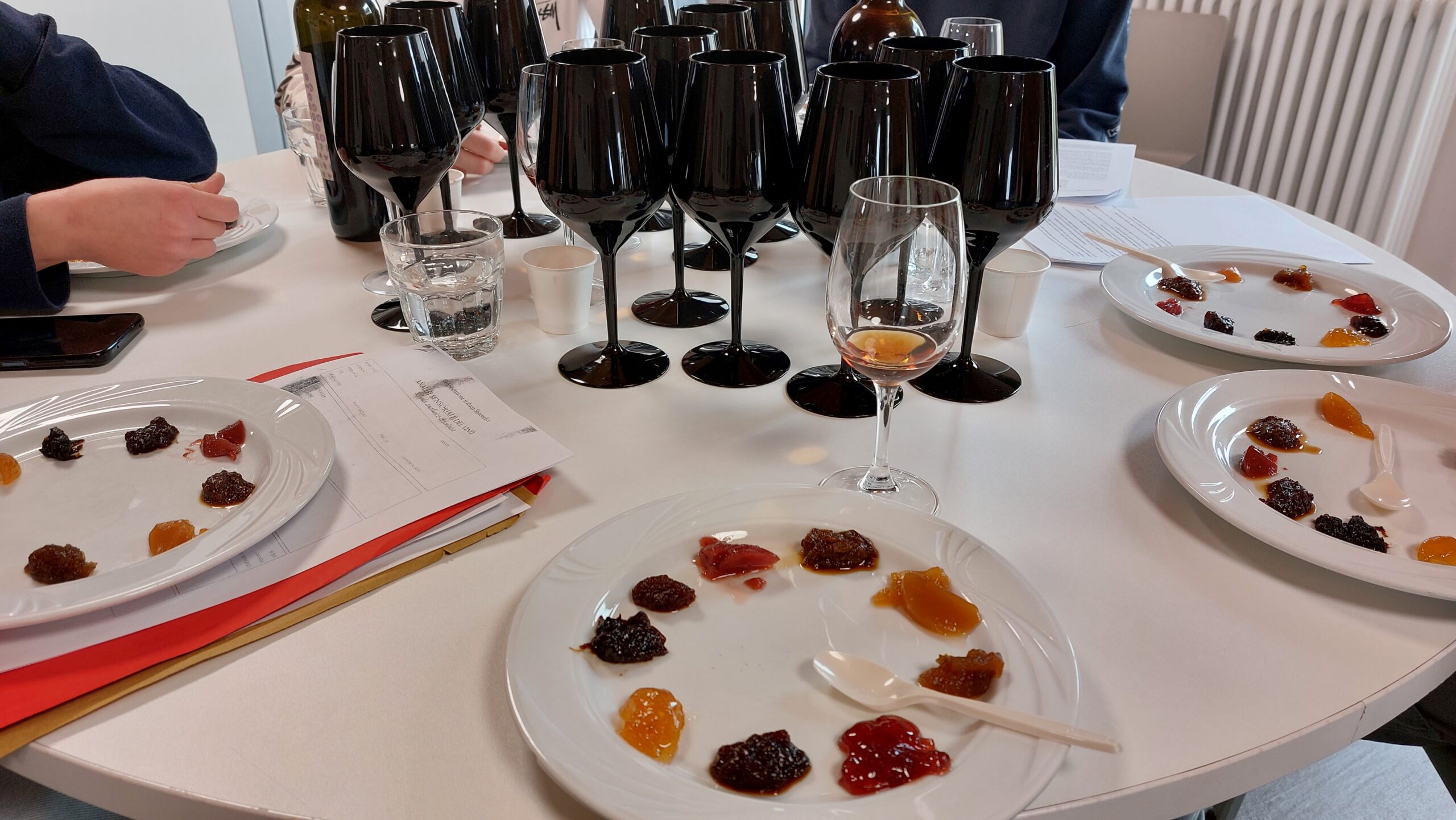
Il Ruolo del Corpo e la Psicologia dell’Olfatto
Influenza sul Sistema Limbico
L’olfatto è unico tra i sensi per la sua connessione diretta al sistema limbico, il che spiega perché gli odori possono evocare ricordi ed emozioni con tale intensità. Questa connessione permette agli odori di influenzare il nostro stato emotivo e mentale in modi profondi e immediati.
Memoria Olfattiva
La memoria olfattiva è sorprendentemente duratura. Studi hanno dimostrato che le persone possono ricordare un odore con precisione anche dopo diversi anni dall’esposizione iniziale. Questo fenomeno è dovuto alla forte connessione tra l’olfatto e l’ippocampo, l’area del cervello responsabile della formazione delle memorie a lungo termine.
Condizionamento e Olfatto
Gli odori possono essere potenti trigger di memorie e associazioni emotive. Questo fenomeno è noto come condizionamento olfattivo. Per esempio, l’odore di una determinata pietanza può riportare alla mente ricordi di infanzia, suscitando emozioni legate a quei momenti.

Implicazioni Storiche e Culturali
L’Antichità e il Valore dell’Olfatto
Nelle antiche civiltà, l’olfatto aveva un ruolo centrale nella vita quotidiana e nelle pratiche religiose. Gli Egizi, per esempio, utilizzavano oli profumati e incensi non solo per piacere personale, ma anche per scopi spirituali e di purificazione. Anche i Greci e i Romani attribuivano grande importanza agli odori, utilizzando profumi e incensi nelle cerimonie religiose e nei riti funebri.
Tradizioni e Riti
Molte culture hanno tradizioni che coinvolgono l’uso degli odori per scopi rituali. Nella cultura indiana, gli incensi sono utilizzati durante le cerimonie religiose per purificare l’ambiente e creare un’atmosfera sacra. Anche nella tradizione cristiana, l’incenso ha un ruolo simbolico importante, rappresentando la preghiera che sale verso il cielo.
La Modernità e il Marketing Olfattivo
Nel mondo moderno, l’olfatto è diventato un potente strumento di marketing. Le aziende utilizzano fragranze specifiche nei loro negozi per creare un ambiente accogliente e influenzare il comportamento dei clienti. Questo approccio, noto come marketing olfattivo, si basa sulla capacità degli odori di evocare emozioni e migliorare l’esperienza del cliente.
Sensorialità e Cibo
L’Olfatto nella Degustazione
L’olfatto gioca un ruolo cruciale nella degustazione del cibo e delle bevande. Quando mangiamo, le molecole odorose vengono rilasciate dal cibo e raggiungono i recettori olfattivi attraverso la via retronasale, ovvero attraverso la cavità orale. Questo contribuisce in modo significativo alla percezione del sapore.
Gastronomia Sensoriale
La gastronomia sensoriale è una disciplina che esplora l’interazione tra i sensi e la percezione del cibo. Chef e scienziati collaborano per creare esperienze culinarie che stimolino tutti i sensi, non solo il gusto. L’olfatto è particolarmente importante in questo contesto, poiché gli odori possono amplificare l’esperienza gustativa e influenzare la percezione del piatto.

Il Futuro dell’Olfatto
Innovazioni Tecnologiche
La tecnologia sta aprendo nuove frontiere nello studio e nell’applicazione dell’olfatto. Gli scienziati stanno sviluppando “nasi elettronici”, dispositivi in grado di rilevare e analizzare gli odori con grande precisione. Questi dispositivi hanno potenziali applicazioni in vari campi, dalla sicurezza alimentare alla diagnosi medica.
Terapia Olfattiva
La terapia olfattiva è un campo emergente che utilizza gli odori per trattare vari disturbi psicologici e neurologici. Per esempio, alcune terapie utilizzano profumi specifici per aiutare i pazienti a rilassarsi o a evocare ricordi positivi. Questa tecnica si basa sulla comprensione dei profondi legami tra l’olfatto, le emozioni e la memoria.
L’olfatto è un senso straordinario con un potere unico nel connettere la mente, il corpo e le emozioni. Attraverso la chimica, la fisica e la psicologia, possiamo capire meglio come funziona l’olfatto e come influisce sulla nostra vita quotidiana. La storia e la cultura ci mostrano come gli odori abbiano sempre avuto un ruolo centrale nelle pratiche umane, mentre le innovazioni tecnologiche e le nuove applicazioni terapeutiche aprono nuove possibilità per il futuro. In definitiva, l’olfatto è un senso che continua a stupirci e a influenzare profondamente la nostra esistenza.

Siti partners articolo: https://carol-agostini.tumblr.com/ https://www.papillae.it/ https://www.foodandwineangels.com/

